Increased efficiency through the application of technical advances
Graduated from Hanoi University of Science and Technology, with a stable income after graduation, but with the determination to get rich on his homeland, in 2018, Mr. Tran Xuan Dang in Tan An ward returned to his hometown to establish Tri Yen High-Tech Agricultural Cooperative. Renting and borrowing more than 3 hectares of land from 68 households, he invested in a high-tech agricultural farm model growing vegetables, baby cucumbers, melons, tomatoes, and squash. On that area, Mr. Dang built 17,000 m2 of greenhouses to cultivate according to Israel's high technology. The entire crop area is watered and fertilized with organic fertilizer automatically based on calculations of adequate nutrition to ensure product safety, widely consumed in supermarkets and clean food chains; at the same time helping to reduce labor, improve economic efficiency, and reduce input costs. Currently, the farm earns 2-3 billion VND in revenue each year, after deducting expenses, the profit is 200-300 million VND.
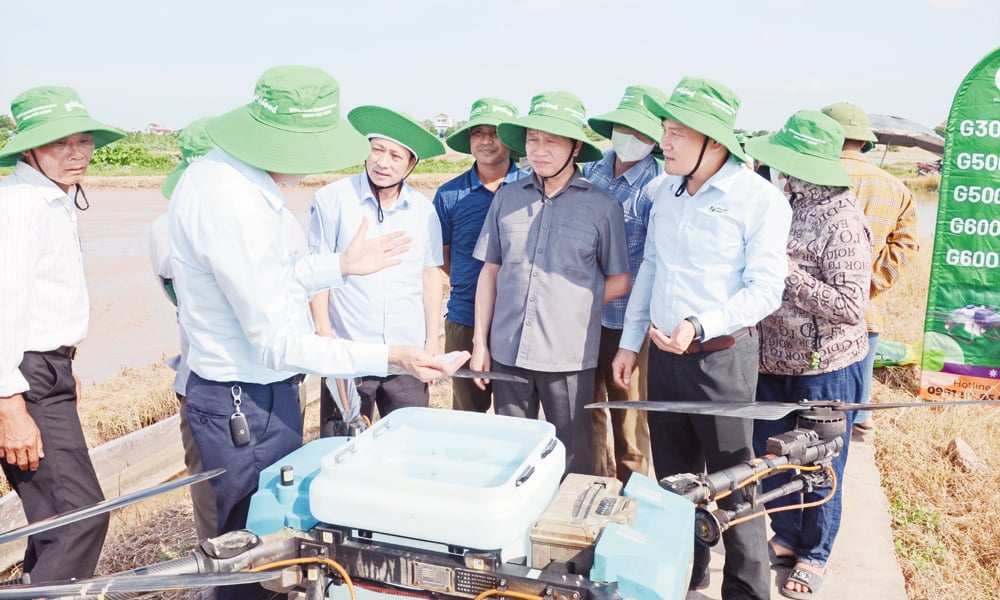 |
The technology field model of Mr. Nguyen Van Ben's family, Trung Kenh commune, continues to be deployed in the 2025 crop season. |
In the 2024 crop season, Mr. Nguyen Van Ben's family in Nghia Huong village, Trung Kenh commune focused on nearly 7 hectares of agricultural land to deploy a model of a high-yield rice variety production technology field. Accordingly, the rice production process is applied, synchronously mechanized from sowing, tilling, planting and caring by machine, using unmanned aerial vehicles to fertilize and spray pesticides. Mr. Ben shared: "The advantage of the technology field is to help reduce seeds, reduce the amount of fertilizers and pesticides, reduce labor, and limit pests. Instead of having to spend many hours wading in the fields, now it only takes 15-20 minutes for the unmanned aerial vehicle to complete the sowing and spraying of herbicides in the field. Thanks to that, each rice crop, the family has saved 30% of labor costs and the yield of each crop has also increased by 25%".
| According to the Department of Agriculture and Environment, the mechanization rate in rice production, land preparation and irrigation is currently about 90%, planting is approximately 10%, pesticide spraying is about 50%, and harvesting is nearly 90%. In vegetable production, the mechanization rate in land preparation and irrigation is estimated at over 90%, pesticide spraying is estimated at over 30%, planting is estimated at 1-2%, harvesting is estimated at 7-10%, and preliminary processing and preservation is estimated at 2-3%. |
According to the Department of Agriculture and Environment, the mechanization rate in rice production, land preparation and irrigation is currently about 90%, planting is approximately 10%, pesticide spraying is about 50%, and harvesting is nearly 90%. In vegetable production, the mechanization rate in land preparation and irrigation is estimated at over 90%, pesticide spraying is estimated at over 30%, planting is estimated at 1-2%, harvesting is estimated at 7-10%, and processing and preservation is estimated at 2-3%. Mechanization combined with the application of technical advances in production has contributed to increasing the value of income in the fields.
Support model replication
With the goal of developing agriculture in a modern and sustainable direction, in recent years the Department of Agriculture has advised the province to build and issue many policies to motivate organizations and individuals to invest in agriculture.
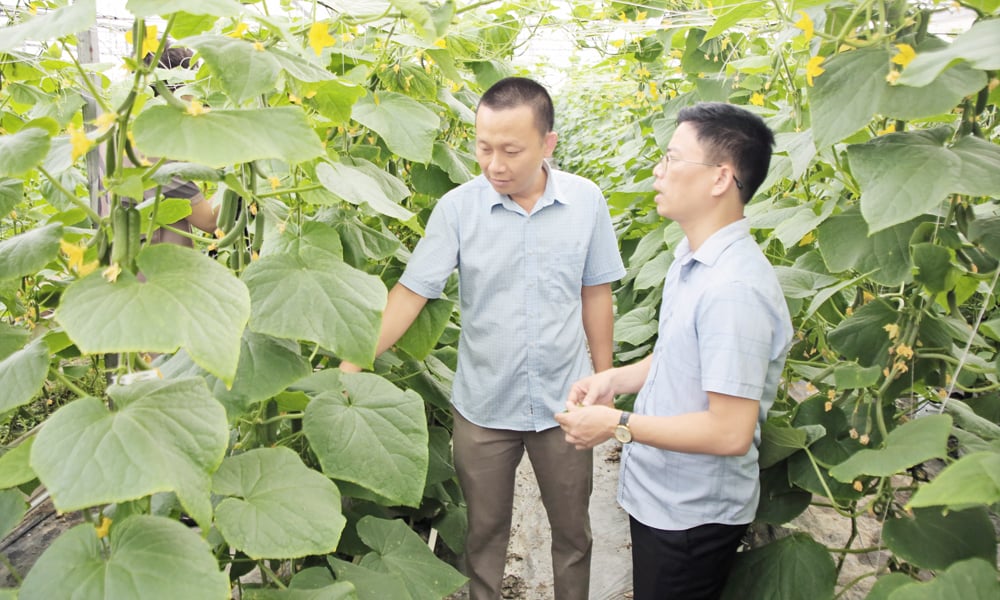 |
Leaders of the Department of Crop Production and Plant Protection visited the high-tech farm of Mr. Bui Xuan Que, Nhan Thang commune. |
The application of science and technology in production is important to help people change their mindset, improve product quality and value, have stable income and feel secure in their attachment to the fields. The main mechanization models in cultivation in the province are: Vegetable and fruit production in greenhouses; application of 3-in-1 drones (sowing seeds, spreading fertilizer, spraying pesticides) in rice production; application of mechanization in potato production for processing... In particular, the model of applying 3-in-1 drones to rice production deployed in 2022 has shown clear effectiveness. Therefore, it has been replicated in many localities throughout the province, especially rice production areas using the sowing method. The model helps increase economic efficiency by 15-17% compared to the traditional sowing method. Drone technology is also being widely applied by most large-scale rice producers and households with concentrated land across the province, serving stages such as sowing seeds, spreading fertilizer and spraying pesticides.
According to some people, a seed drill can sow 1 hectare of rice in 15 minutes, ensuring reasonable density. Using drones to spray pesticides costs from 25-28 thousand VND/sao, lower than manual spraying (35 thousand VND/sao). Spraying pesticides by machine helps the pesticides to be evenly distributed, saving about 10% of the amount of pesticides and costs, limiting chemical residues in the field. At the harvesting stage, using machines also helps reduce costs, only about 100-120 thousand VND/sao while hiring labor is 350 thousand VND/sao.
Currently, the majority of working-age workers have moved to other occupations, making the agricultural workforce mainly elderly and past working age. Therefore, promoting mechanization and applying science and technology is not only an inevitable trend but also a solution to help liberate labor, optimize productivity on the same cultivated area, towards building a modern, comprehensive and sustainable agriculture.
However, in reality, mechanization is still mainly focused on land preparation and harvesting, while planting and processing still account for a very low proportion. According to the representative of the Department of Agriculture and Environment, closely following the spirit of Resolution 57-NQ/TW dated December 22, 2024 of the Politburo on breakthroughs in science and technology development, innovation and national digital transformation, the agricultural sector is reviewing and adjusting plans and plans for the agricultural sector after the merger to ensure consistency. In particular, focusing on implementing scientific and technological research topics and programs to promote the application of technical advances in all stages, especially processing and planting, contributing to improving efficiency and production value.
Source: https://baobacninhtv.vn/co-gioi-hoa-don-bay-xay-dung-nen-nong-nghiep-hien-dai-postid422857.bbg


![[Photo] Prime Minister Pham Minh Chinh meets with representatives of outstanding teachers](https://vphoto.vietnam.vn/thumb/1200x675/vietnam/resource/IMAGE/2025/11/15/1763215934276_dsc-0578-jpg.webp)
![[Photo] General Secretary To Lam receives Vice President of Luxshare-ICT Group (China)](https://vphoto.vietnam.vn/thumb/1200x675/vietnam/resource/IMAGE/2025/11/15/1763211137119_a1-bnd-7809-8939-jpg.webp)


![[Photo] Panorama of the 2025 Community Action Awards Final Round](https://vphoto.vietnam.vn/thumb/1200x675/vietnam/resource/IMAGE/2025/11/15/1763206932975_chi-7868-jpg.webp)

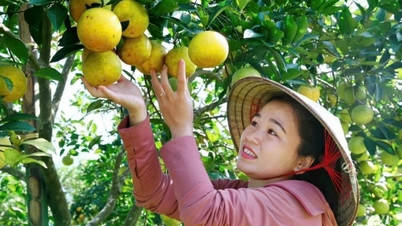



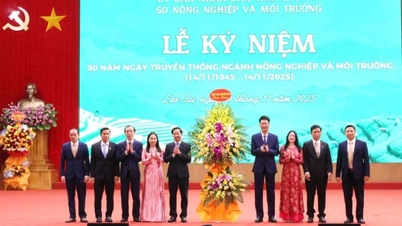
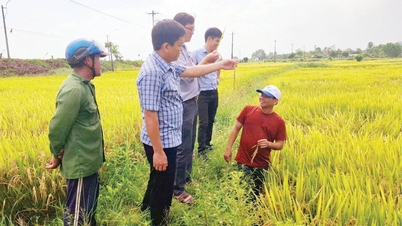




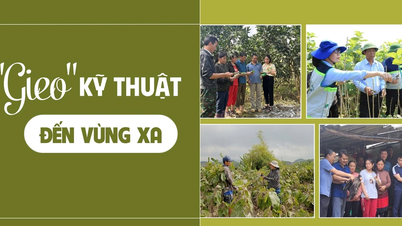

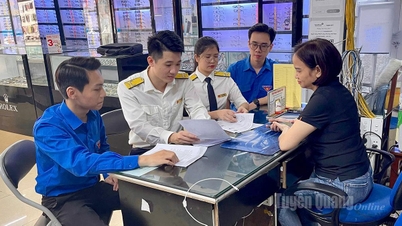

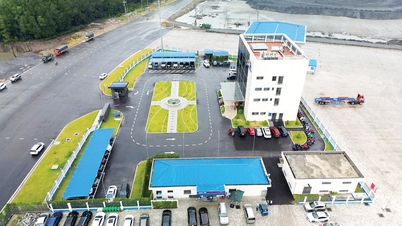



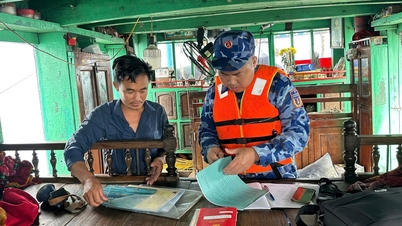

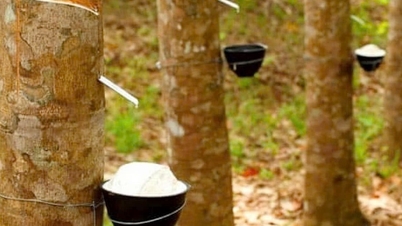




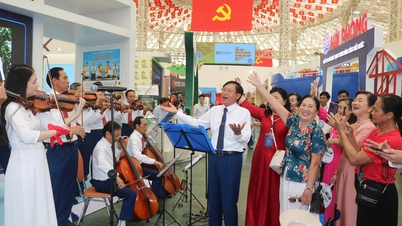

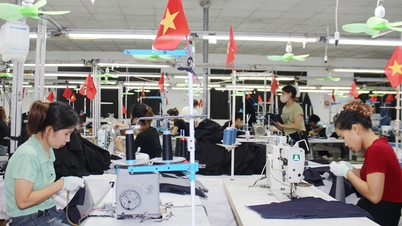
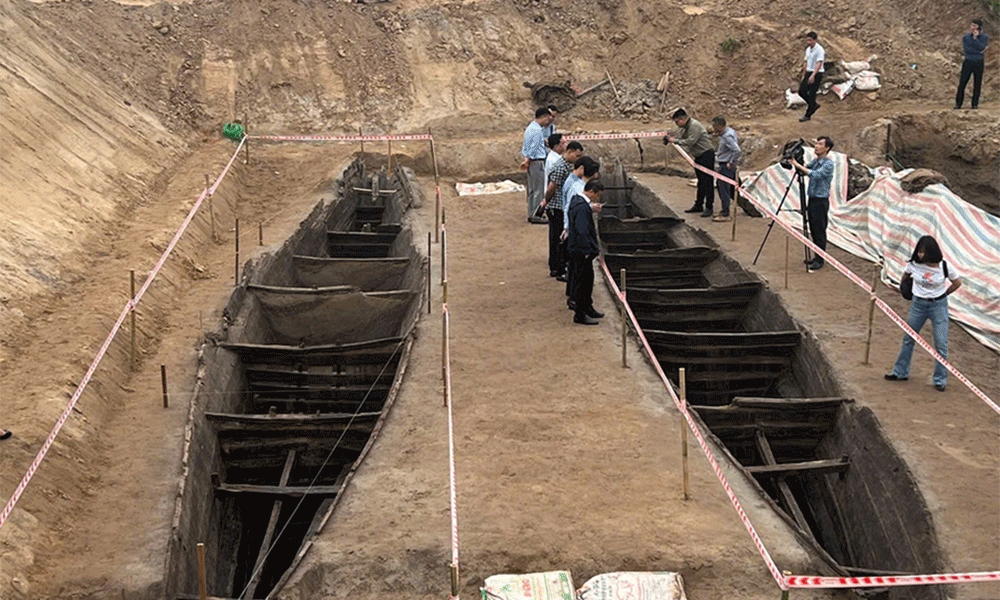
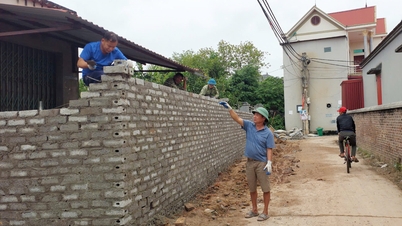
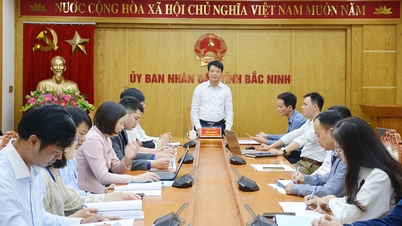
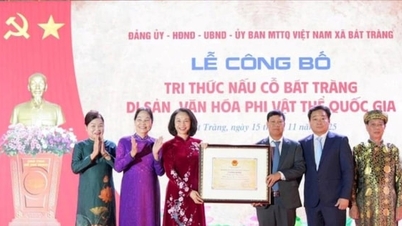

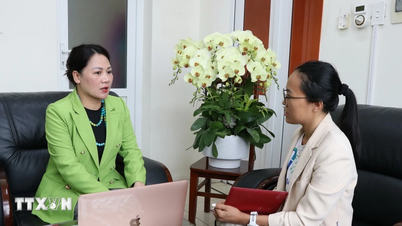



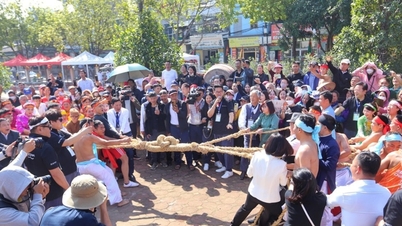

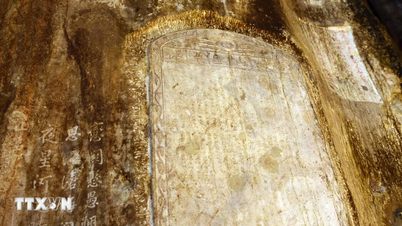


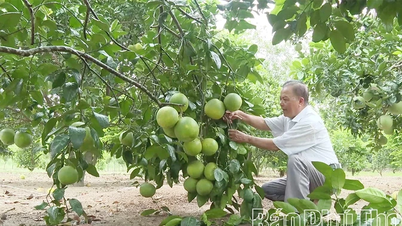


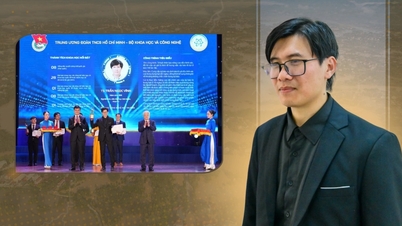



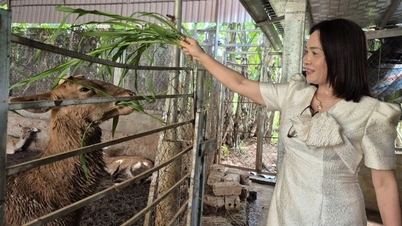
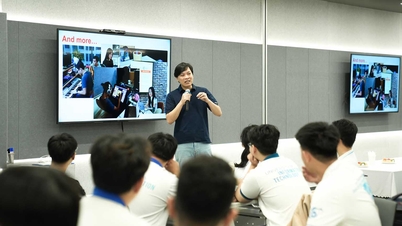

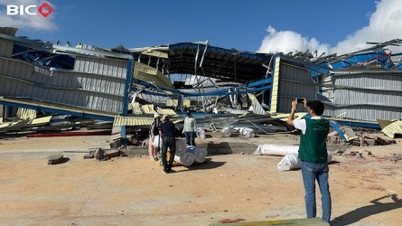

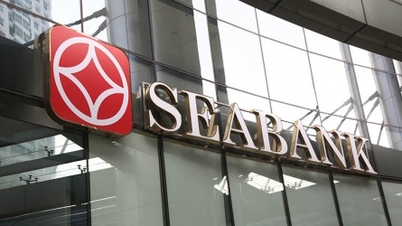
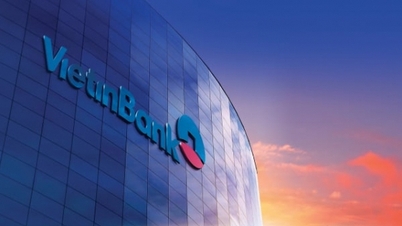
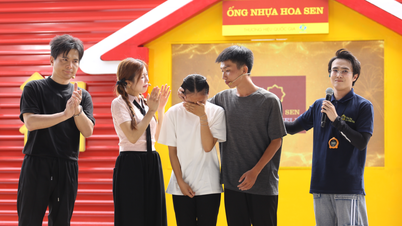


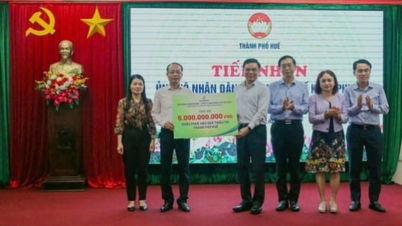

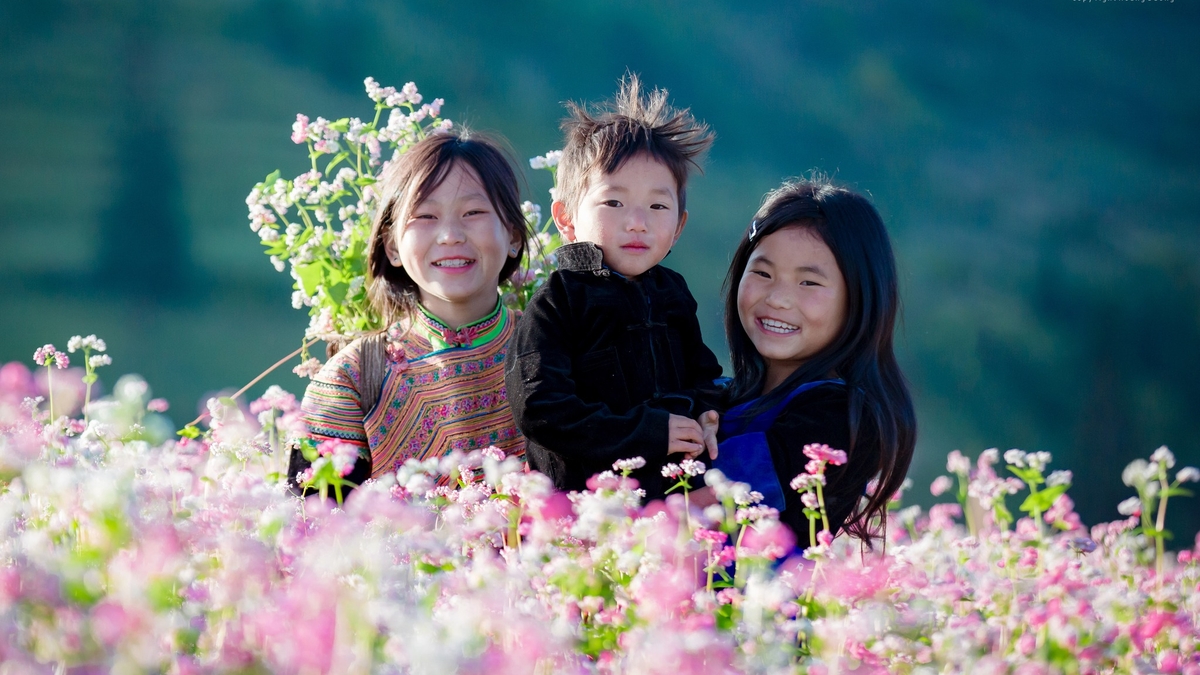



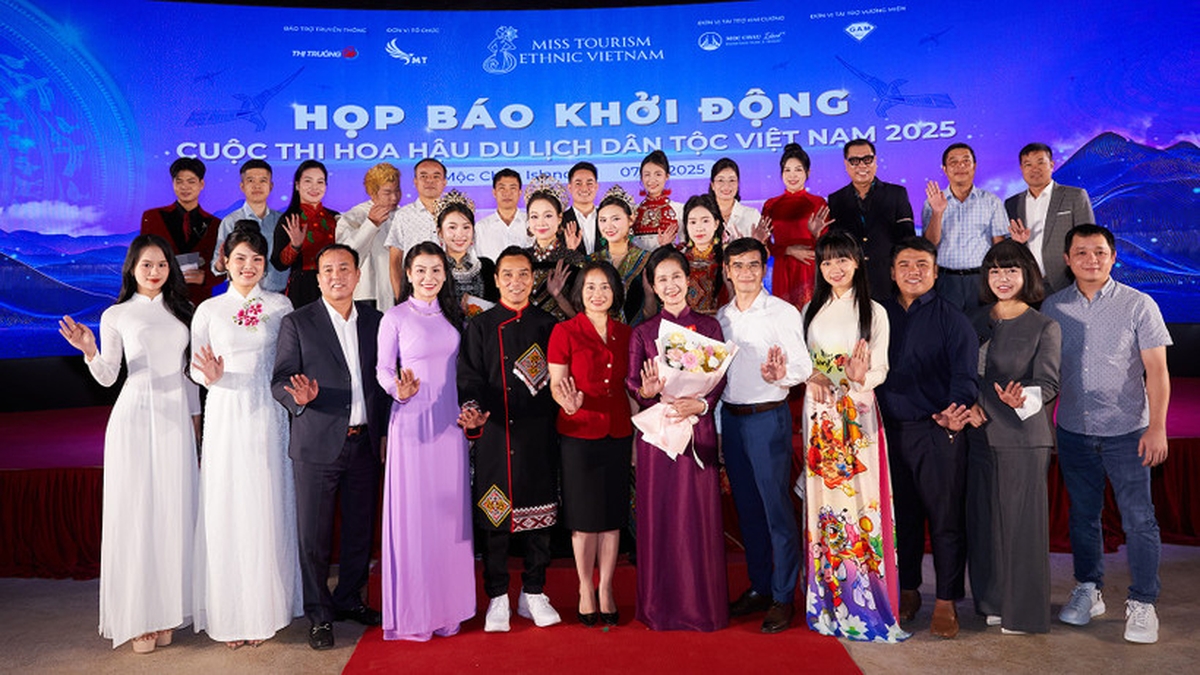






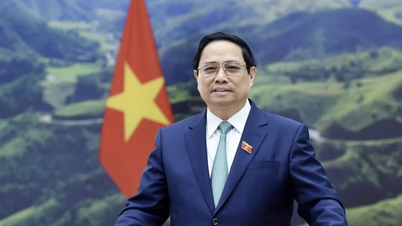




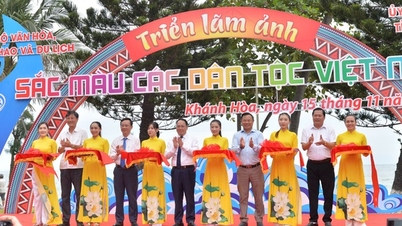


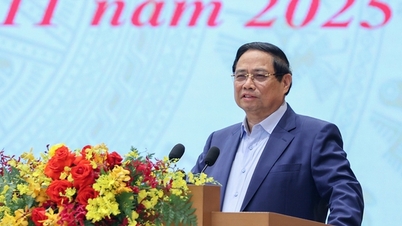

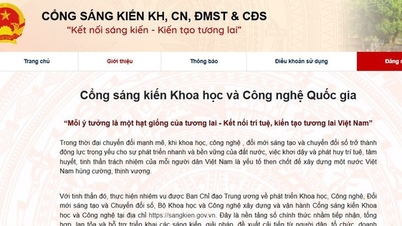
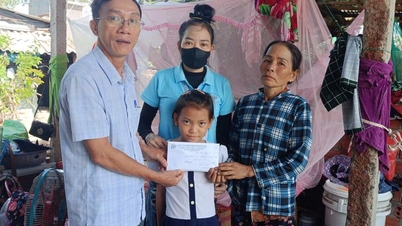

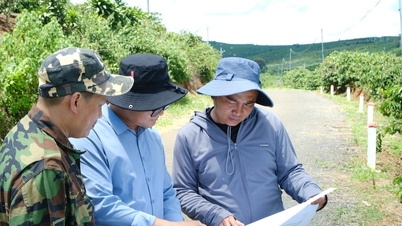
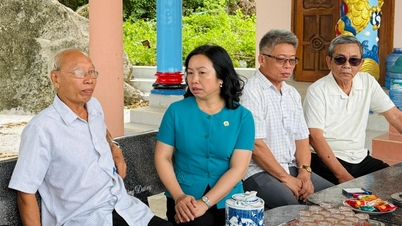
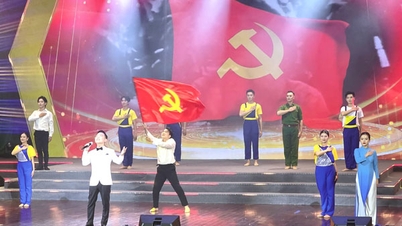

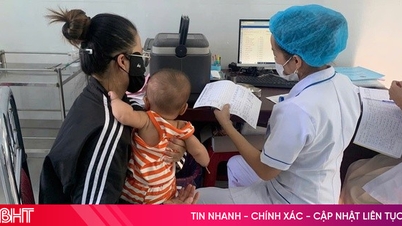

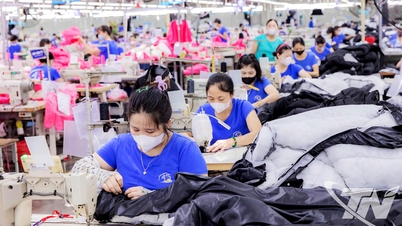


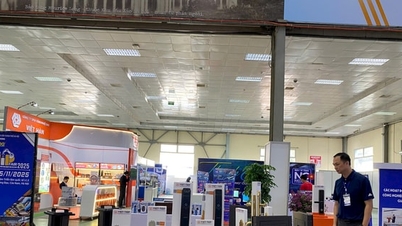
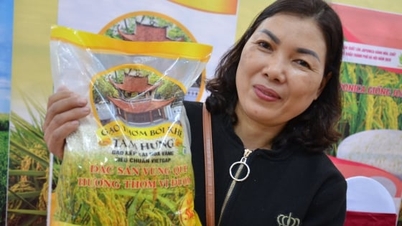
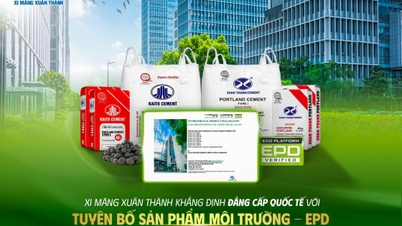
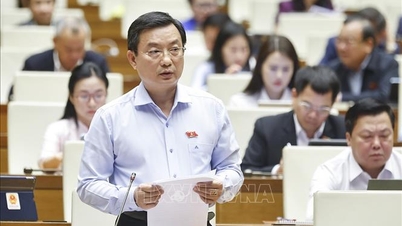



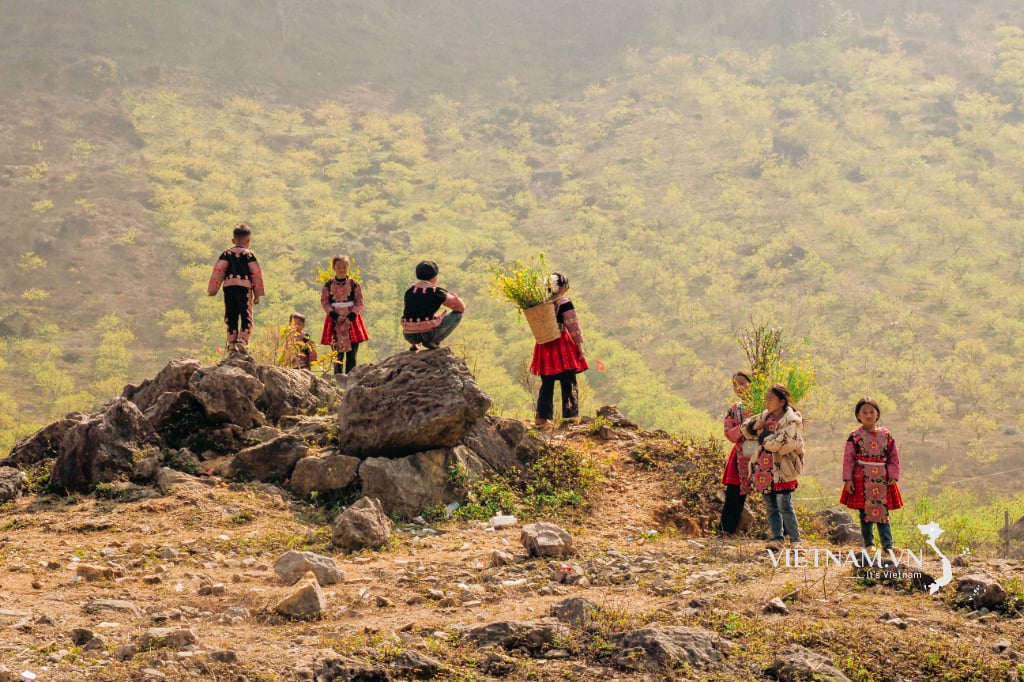



Comment (0)